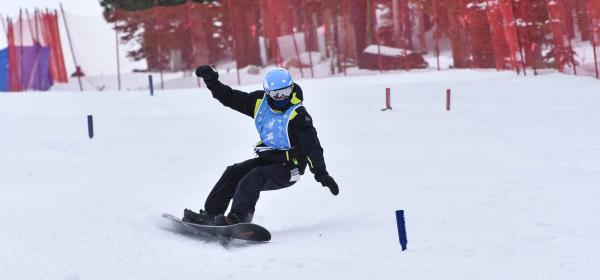Kendo

Kendo, Japanese kendō (“way of the sword”), traditional Japanese style of fencing with a two-handed wooden sword, derived from the fighting methods of the ancient samurai (warrior class). The unification of Japan about 1600 removed most opportunities for actual sword combat, so the samurai turned swordsmanship into a means of cultivating discipline, patience, and skill for building character. In the 18th century, practice armour and the shinai, a sword made of bamboo, were introduced to allow realistic fencing without risk of injury. The study of what came to be known as kendo was even compulsory in Japanese schools from time to time. An All-Japan Kendo Federation was formed following the end of the occupation in 1952, and an International Kendo Federation was founded in 1970. Kendo matches take place in an area 9 to 11 metres (about 30 to 36 feet) square. Contestants wear the traditional uwagi (jacket), hakama (long divided skirt), dō (chest protector), tare (waist protector), men (mask), and kote (padded gloves). The shinai varies from 43 to 46 inches (110 to 118 cm) in length and is made of four lengths of seasoned bamboo bound by waxed cord. All blows use the “cutting” edge of the shinai, though this is not sharp. The shinai is usually held with both hands. Points are awarded for blows delivered upon the left side, right side, or top of the head; the right or left wrist; the right or left side of the trunk; and for a thrust to the throat. These are the only scoring areas. The name of the point struck must be called out simultaneously by the attacker with his or her blow and is verified by judges. A contest is won by the first combatant who scores two points. Kendo is widely practiced among students (required in high schools), police, and military groups in Japan and to a lesser extent in the United States, Canada, Great Britain, and Brazil. See martial art.














